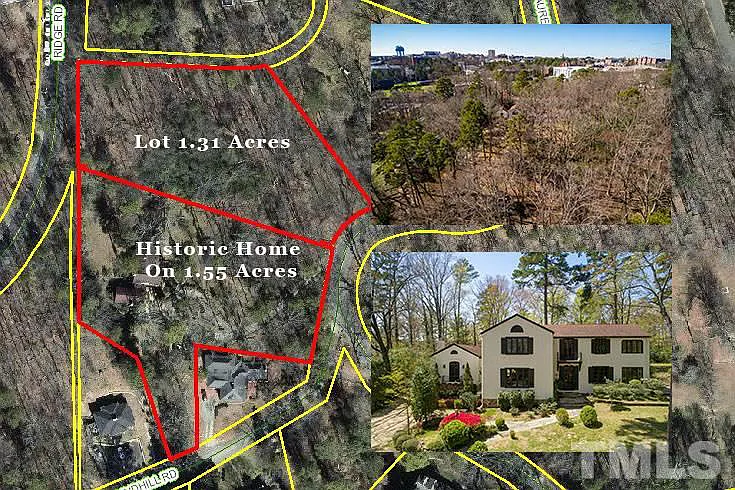I prepared the following statement for the May 24 Town Council public hearing on the Housing Choices text amendments to the LUMO. Because I got distracted and had to talk a bit about mid-century modern homes in Chapel Hill (which, in my opinion, are more distinctive and authentic than many of the over-renovated “traditional” homes in the historic districts), I didn’t get through the full statement at the hearing. What I intended to say is below.
__________________________________________________
I support the Housing Choices proposal, which I believe is a modest but important step to address the housing crisis. I wish it went further, but it is a good start.
As you know, there is no silver bullet when it comes to housing – we have to do everything, including building and preserving subsidized units and enabling the development of market rate housing to accommodate job and population growth.
That this proposal does not solve every housing problem we currently face is not a reason to reject it.
That is a reason, rather, to enact it, improve it, and build upon it in the future.
I have read many emails to you, especially from those who live close to campus, about how this proposal will ruin the character of neighborhoods and only benefit wealthy developers. I disagree with both notions.
Many of our oldest and most beloved neighborhoods originally included multifamily housing and offered space for people from all walks of life. According to the 1930 Census, modest and middle-class homes around campus were owned by cooks and janitors and carpenters and professors and postal clerks. Davie Circle’s original covenants allowed for duplexes. It was common for homes in these neighborhoods to have boarders, including students.
Times have certainly changed.
In the mid-1930s, a public-school teacher built a home close to campus. Today, the estimated value of that home is $2.3 million dollars, a price no teacher nor professor can afford.
Nearby, a home and an adjacent lot were recently purchased for $1.6 million. A 5,000 square foot home was demolished, the land clear cut, and is being replaced by a $2.7 million home with its own pickle ball court.
Another home close to campus was demolished in 2009 and replaced by a 10,000 square foot home with a four-car garage. It just went on the market for $6.75 million.
Chapel Hill has long been expensive, but recent trends suggest some neighborhoods are on a path to becoming wealthy enclaves – ones where people buy and maintain homes to support a lifestyle and their investment portfolio.
This wealth is enabled in no small measure by exclusionary land use practices. Several of our oldest neighborhoods only allowed whites to live in them. Far more neighborhoods to this day only allow homes of a certain size, or of a certain cost, or on a certain sized lot to be built, each of which drives up home prices and rents and locks in wealth for those fortunate enough to afford to buy here.
And this has created a powerful incentive for homeowners and landlords to restrict the development of new housing here.
This proposal is a very small step to start undoing the harm done by exclusionary policies and practices and to reshape Chapel Hill as a place that welcomes and creates opportunity for all. I urge you to support it for the sake of the climate, for the sake of our workforce and economy, for the sake of students and faculty, and for the sake of the common good.

